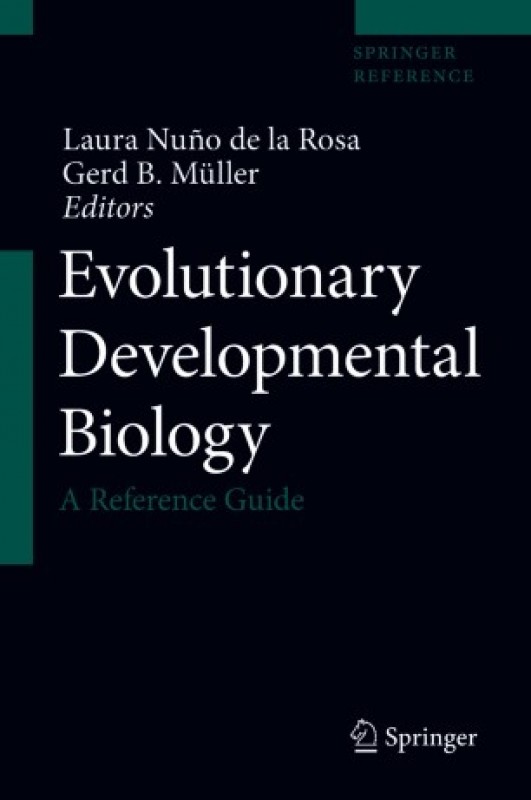News Details

Up to the late 1970s and early 1980s, evolutionary biology and developmental biology were nearly independent research programs. Bringing the two together was often held with great suspicion by skeptics fearful of the return of typology and recapitulationism. However, from the mid-80s, methodological and conceptual progress soon enabled the unification of numerous subfields under a joint epistemological quest: “understanding how organismal development evolves and in which ways its intrinsic potentialities guide organismal evolution.”
The emerging approach was soon termed evolutionary developmental biology or evo-devo—the study of organismal change by means of experimental analyses of the generative processes that effectuate the transformation of phenotypes.
To help newcomers grasp the evo-devo approach and assist those already in the field to follow its rapid expansion, Laura Nuño de la Rosa and Gerd B. Müller sought to bring together an integrated set of reflections on major current issues in evo-devo. Conceived in 2016, the Evolutionary Developmental Biology: A Reference Guide explicitly aims to unite the conceptual and the empirical strands of the evo-devo project.
What’s in the reference guide?
The reference guide is divided into the following sections (in three printed volumes), each edited by renowned specialists in each research area:
-
Key Concepts in Evo-Devo (edited by Gerd Müller)
-
History of Evo-Devo (edited by Daniel J. Nicholson)
-
Philosophy of Evo-Devo (edited by Alan Love)
-
Evo-Devo of Basic Mechanisms (Laura Nuño de la Rosa & Gerd B. Müller)
-
Plant Evo-Devo (edited by Charlie Scutt)
-
Invertebrate Evo-Devo (edited by Ehab Abouheif)
-
Vertebrate Evo-Devo (edited by Shigeru Kuratani)
-
Modeling Approaches to Evo-Devo (edited by Philipp Mitteröcker)
-
Evo-Devo and Population Genetics (edited by Mihaela Pavlicev)
-
Extensions of Evo-Devo (edited by Sergio Balari)
The Table of Contents can be found online, here. Not everything could be covered despite the aim to be comprehensive, but the electronic version of the reference guide is meant to grow with time to include more topics.
How to use the reference guide
If you have an institutional subscription to Springer products, you may have access to a “living document,” an electronic version that can be readily updated as topics evolve, and new information becomes available. The electronic version includes a sophisticated search function and extensive cross-referencing across all entries. The print version, on the other hand, may be found in your local library. Springer will make three chapters freely available this (April 22, 2021) week, including the introductory chapter of the entire guide. We recommend that you start there. If it is no longer accessible to you, please get in touch.
The reference guide is meant to be useful for a wide audience of researchers, teachers, students, and practitioners from different domains of the biological sciences (e.g., evolutionary biology, paleontology, phylogenetics, developmental and cell biology, theoretical biology, the philosophy and history of biology). The compilation can be used as teaching materials for undergraduate or graduate courses either as a whole or as a collection of selected sections and/or chapters.
We hope you enjoy the guide, either as stand alone articles are in combination with other papers and materials. This collection is testimony to the huge intellectual journey that evo-devo, from a field often ridiculed at its beginnings to its current state as a dominant research program in present-day evolutionary biology. We hope that our reference guide will contribute to the enhancement of this process as the field of evo-devo expands and diversifies further.
Publication

